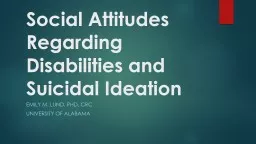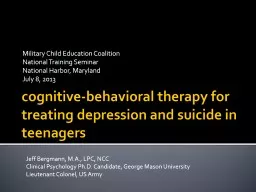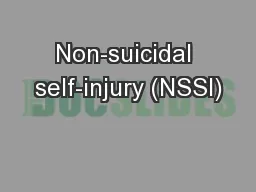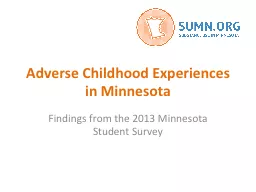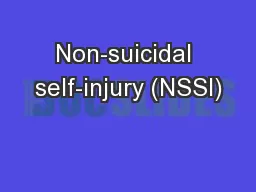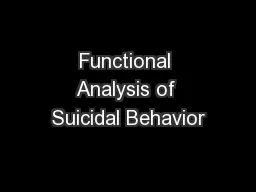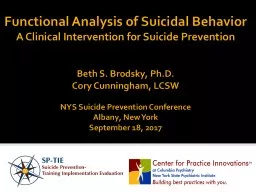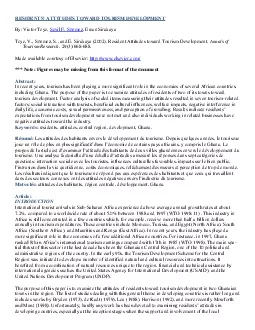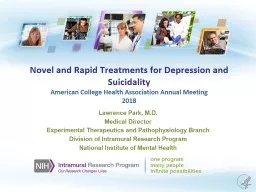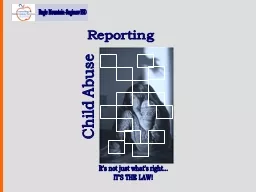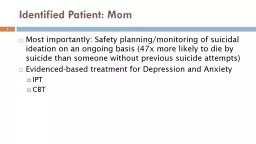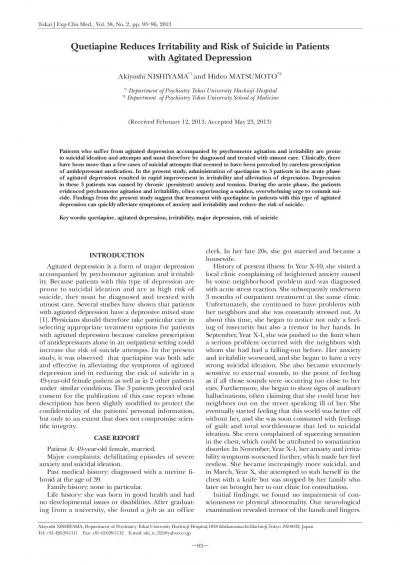PPT-Social Attitudes Regarding Disabilities and Suicidal Ideation
Author : elena | Published Date : 2022-02-16
EMILY M LUND PHD CRC UNIVERSITY OF ALABAMA Brief introduction Im currently an Assistant Professor of Rehabilitation Counseling and Counselor Education at the University
Presentation Embed Code
Download Presentation
Download Presentation The PPT/PDF document "Social Attitudes Regarding Disabilities ..." is the property of its rightful owner. Permission is granted to download and print the materials on this website for personal, non-commercial use only, and to display it on your personal computer provided you do not modify the materials and that you retain all copyright notices contained in the materials. By downloading content from our website, you accept the terms of this agreement.
Social Attitudes Regarding Disabilities and Suicidal Ideation: Transcript
Download Rules Of Document
"Social Attitudes Regarding Disabilities and Suicidal Ideation"The content belongs to its owner. You may download and print it for personal use, without modification, and keep all copyright notices. By downloading, you agree to these terms.
Related Documents

